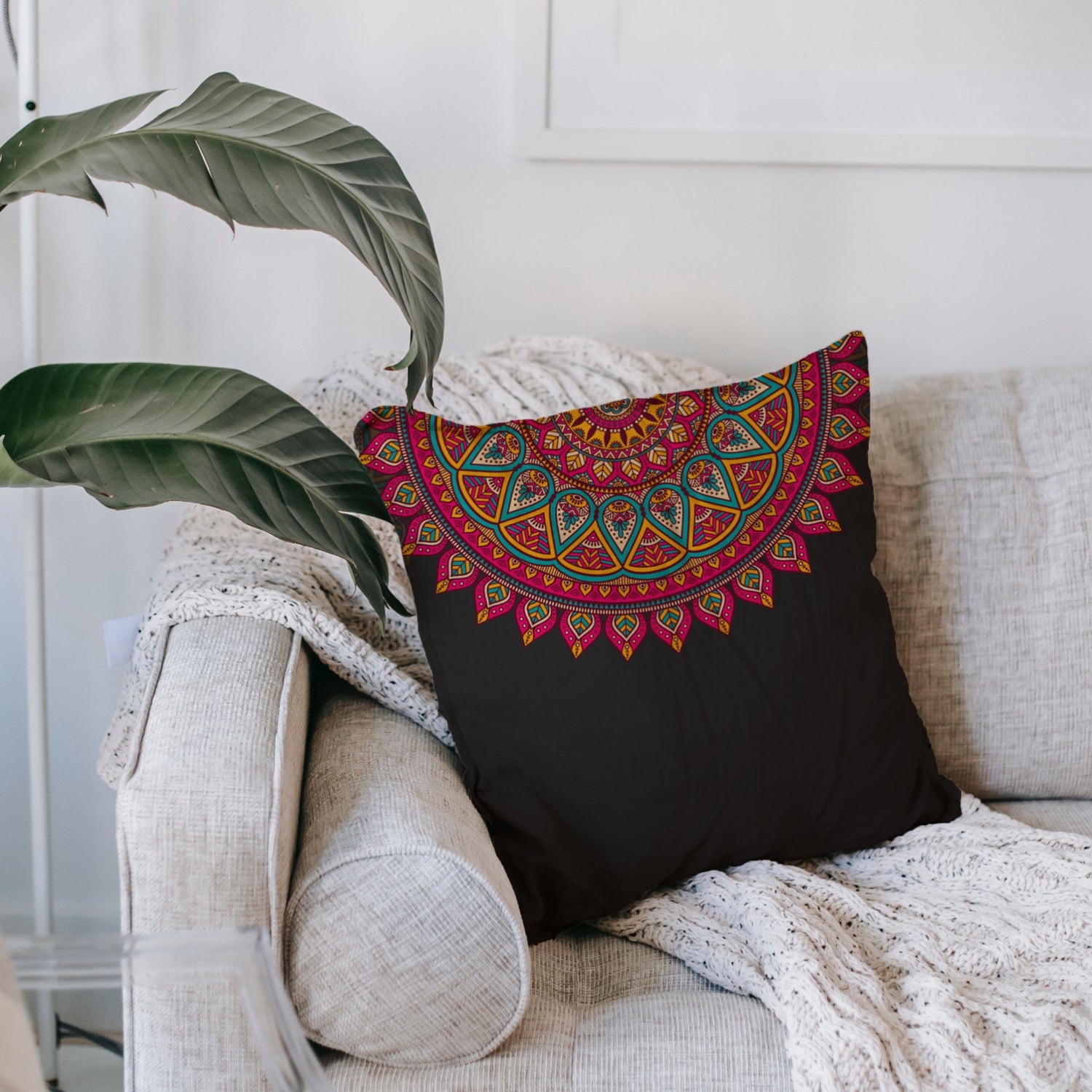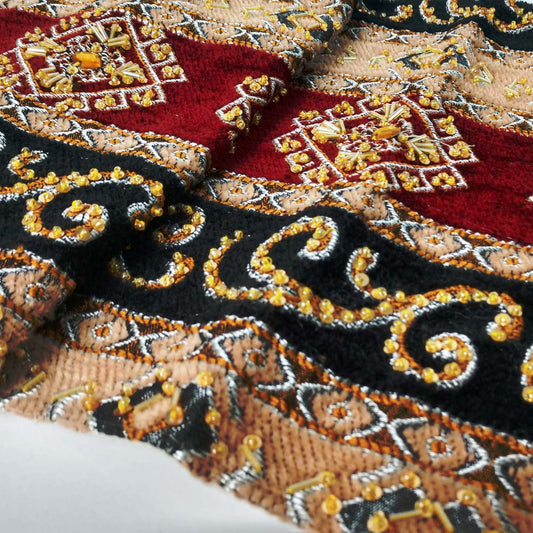In an increasingly interconnected world, cultural diversity has become an important aspect of society.
Not only is it celebrated in art, music and cuisine, but it is also expressed in the way homes are designed and decorated. Incorporating cultural diversity into residential design can create spaces that reflect a wealth of global influences, honor traditions and promote a sense of inclusiveness.
Architectural Styles:
Different cultures have their own architectural styles that reflect their history, climate and traditions. For example, Mediterranean homes feature stucco walls, terracotta roofs, and arched doors, while traditional Japanese architecture emphasizes simplicity, natural materials, and sliding doors. Considering cultural diversity in residential design allows us to explore these different architectural styles and incorporate them into our living spaces.

Color Palettes:
Colors have cultural meanings and can vary by region. African and Latin American designs, for example, are dominated by lively and bold colors that represent energy and celebration. In contrast, Scandinavian design often uses soft, muted tones inspired by nature. By incorporating a culturally diverse color palette, you can bring the unique spirit of different traditions into your home. Patterns and Textiles:
Patterns and textiles play an important role in the cultural diversity in residential design. Every culture has its own patterns and weaving techniques. For example, Indian homes feature intricate paisley and mandala patterns, while Native American designs often incorporate geometric motifs. Incorporating these diverse patterns and textiles can add structure, visual interest and cultural depth to your home.

Decorative Elements:
Decorative elements are an important element of cultural diversity in residential design. These include handmade pottery, woodcarving crafts, iconic statues, and more. For example, African homes may be decorated with masks and sculptures representing ancestral spirits, while Middle Eastern homes often feature ornate metalwork and mosaic tiles. These decorative elements act as visual reminders of different cultural heritages and can create a charming and eclectic atmosphere.
Furniture and Furnishings:
Furniture styles and materials vary greatly in different cultures. Scandinavian design emphasizes clean lines, simplicity and natural materials such as light wood, while Moroccan design features intricate carvings, bright textiles and low seating arrangements. By incorporating furniture and furnishings inspired by different cultures, we are able to create unique and personalized spaces that reflect our appreciation for cultural diversity.
Symbolism and Significance:
Cultural diversity in home design allows the incorporation of symbols and meaningful objects from different traditions. For example, Chinese homes may have symbols of good luck and prosperity, such as decorative goldfish and Buddha statues. Native American homes often have dream catchers that are believed to ward off negative energies. These iconic elements not only add visual interest, but also have a deep meaning that enhances the overall cultural richness of the home.
Room layout and features:
Cultural diversity can also affect the spatial design and function of a home. Traditional Japanese homes, for example, seamlessly blend indoor and outdoor spaces, often with open floor plans that reflect a deep appreciation for nature. In contrast, Middle Eastern designs may offer private courtyards and secluded spaces for social gatherings. By considering different room layouts and functions influenced by different cultures, you can create a home that suits your personal taste and reflects your cultural affiliation.
Incorporating these differences into home design respects the uniqueness of different cultures and creates spaces that are visually stimulating, culturally rich and inclusive.






















